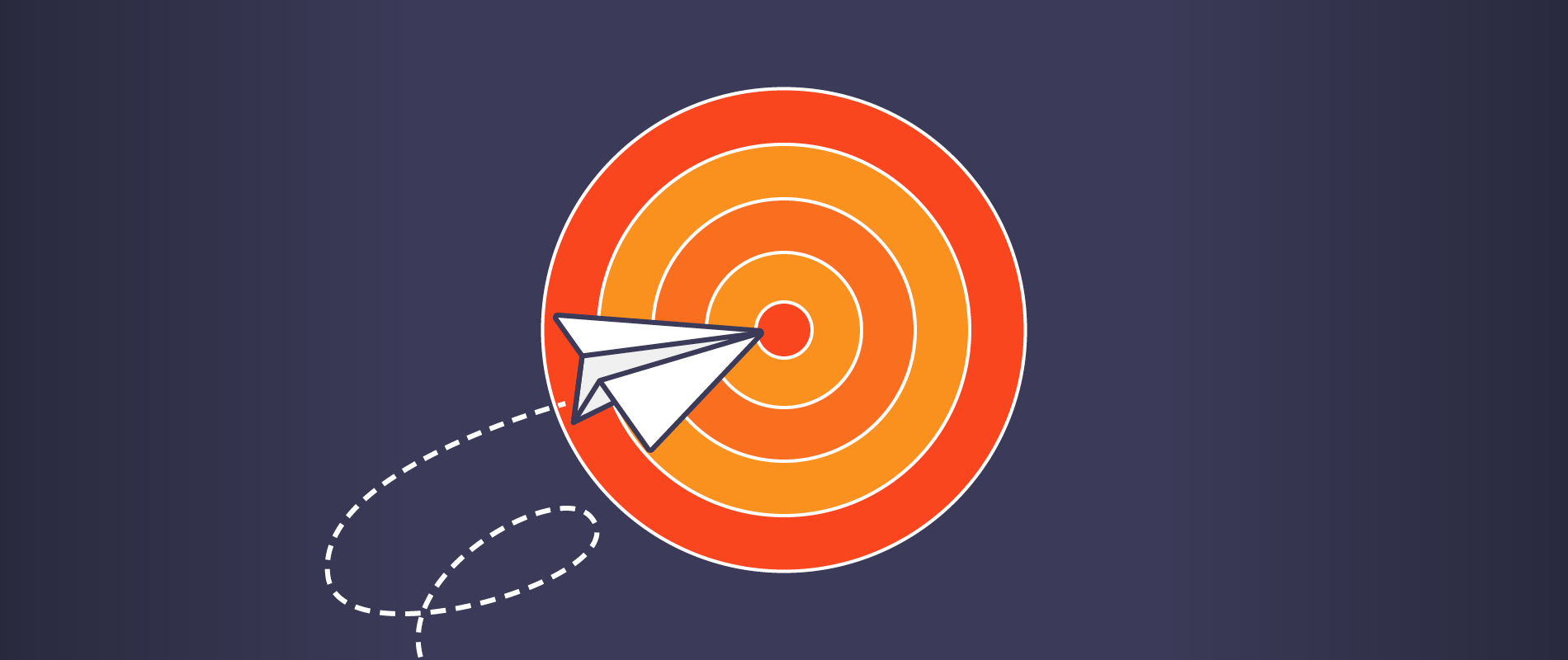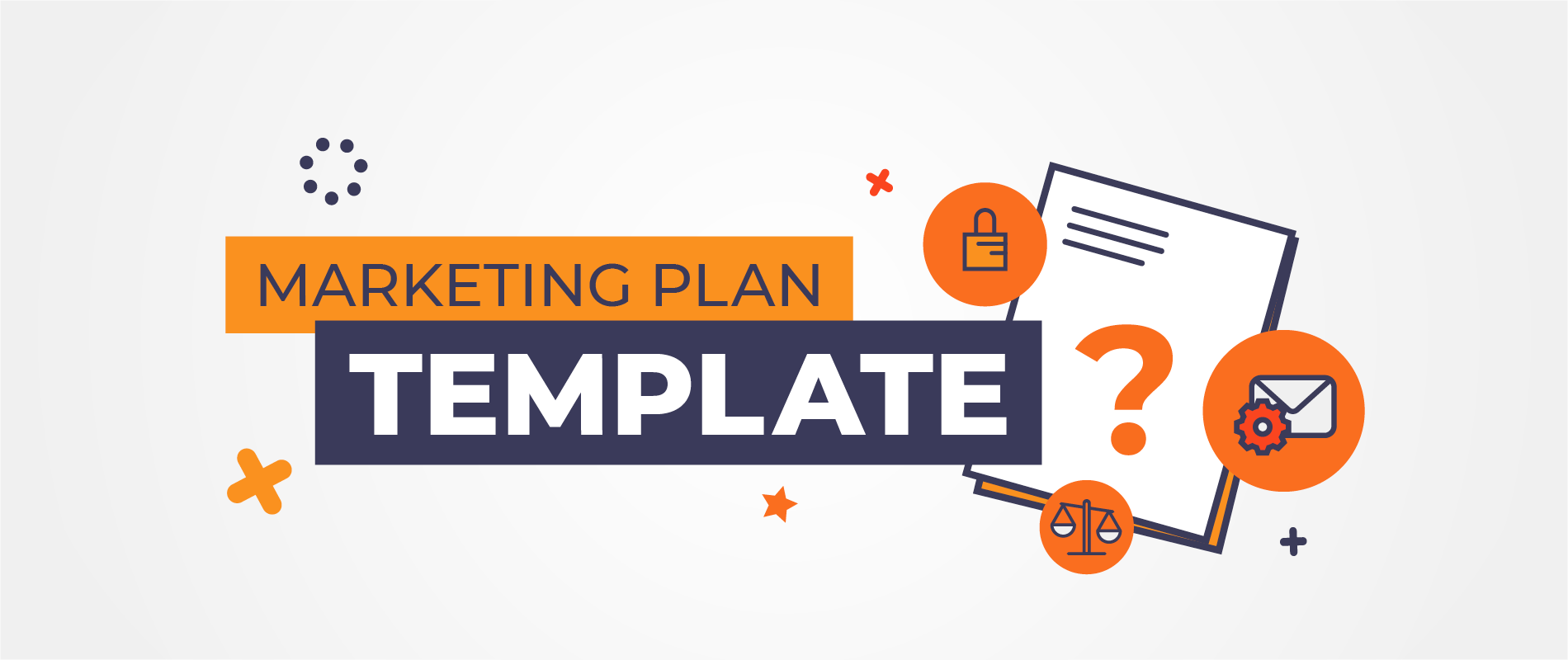
Get weekly
HubSpot updates
If you've not selected your target audience before launching your marketing campaign, is it even a marketing campaign?
You wouldn’t get in your car and start driving without a destination in mind, would you? You’ll only waste fuel and precious time – or get entirely lost.

Just like our hypothetical car journey, a marketing campaign will miss opportunities to gain a return on investment (ROI) if it's left to plod along without a set target audience.
So how can you define your target audience?
You'd have to be promoting a very niche product to only have one specific type of customer, so it makes sense that your marketing campaign doesn’t need to be aimed at your ENTIRE prospective customer base. Before creating a campaign, you first need to define the segmentation of your overall audience – these are called buyer personas.
Doing so will generate more accurate results for your sales and marketing teams, leading to more conversions, and more Sales Qualified Leads (SQLs). By segmenting your audience, you’ll build a better conversion rate compared to a typical batch and blast campaign. This improvement in engagement occurs because different content and marketing tactics work differently on individuals.
You may even find that over time you can increase your overall customer base.
Who’s your customer?
.gif?width=480&name=giphy%20(5).gif)
To create buyer personas, you must first make a list of all the information you can and have access to. You want to also follow the metrics certain social media platforms use when creating a targeted ad campaign, as these are what people generally list publically. Information regarding location, age, gender, and job title are among the categorical data you may find about people.
Although, it doesn’t stop here. You can’t quantify or factually list certain data, but you can make a good calculated estimate on income level, buying motivation and concerns. The latter two especially make it evident that buyer personas should work to understand your audience, which will give your marketing team the opportunity to not only target their campaigns but branch out into new ways of marketing (as there is a greater understanding of what appeals).
Tailoring your communication to engage your audience will also give your business a more targeted brand voice.
Words are key!
You should always adapt your tone slightly depending on which social platform you’re placing content on. Including your buyer persona in your targeted marketing campaign will improve the chances of a higher engagement rate, as you can tap into certain keywords and ways of wording.
On the topic of keywords, blog content can be more bespoke when you have specific personas in mind. By understanding who your audience is and what their concerns are, you can start to develop a content strategy that works in answering some of the issues they want solving.
.gif?width=350&name=giphy%20(4).gif)
The metrics used to produce targeted ads are a good way of precise targeting, with social media users putting their information on the platform. Social media platforms can even make educated guesses on what the users will engage in. For example, someone who’s ‘liked’ a specific stationary brand is more likely to be interested and want more information on other brands offering the same products.
By streamlining your marketing campaigns, you're more likely to set them off on a continuous trajectory towards success and enhanced ROI. Buyer personas aren’t set in stone, because neither are you. As you start to expand or shift direction, the person you wish to attract will change too.
You should always be looking to expand your knowledge on the personas your business caters to so that you can regularly audit your marketing campaigns and ensure that they are targeting the audience that will yield the most favourable results for your business.

